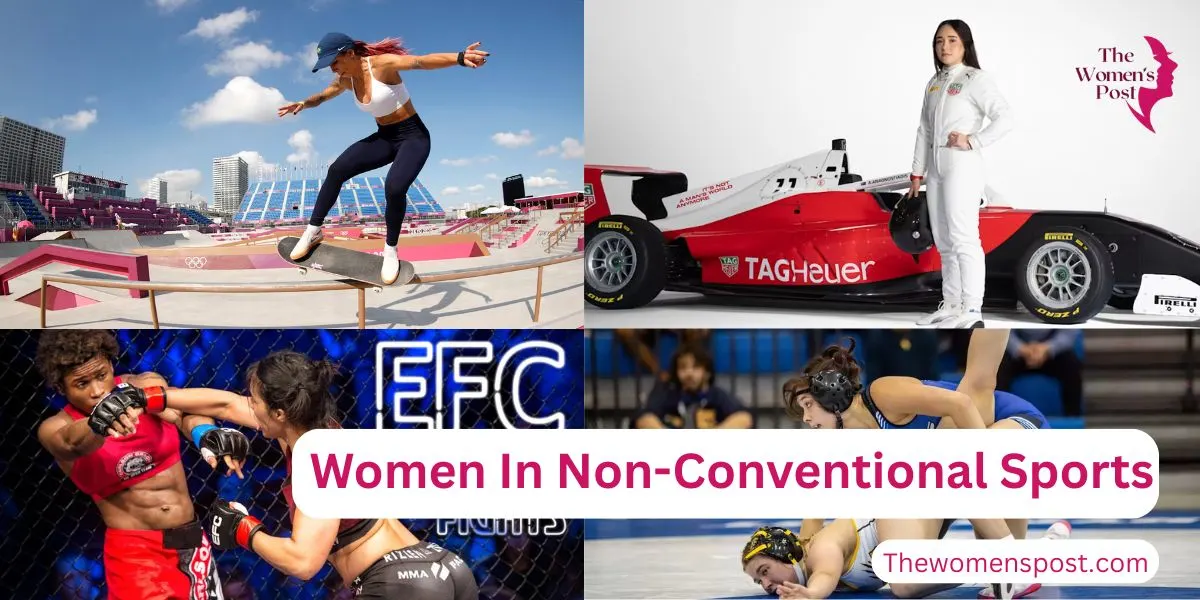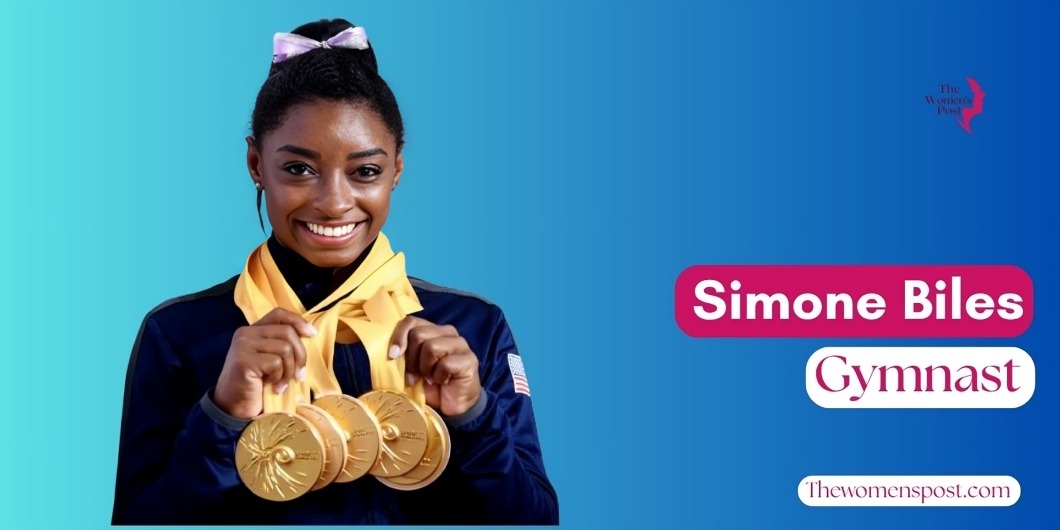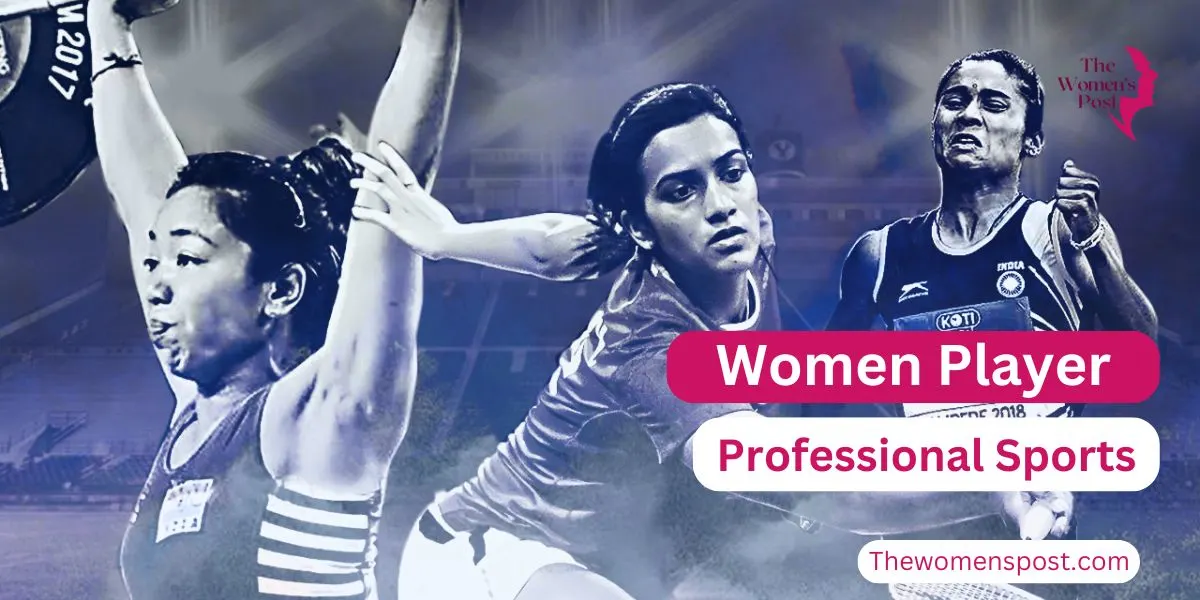The Media’s Role In Constructing Women’s Sport Narratives

The media has long been a dominant force in sports. The media determines what is to be told and how individuals view sportsmen. In women’s sports, the role of media in women’s sports is more significant. Media representation for decades constructed narratives that tended to marginalize female players, with more emphasis on their appearance than their ability, but times are changing.
Today, with celebrities such as Caitlin Clark and Serena Williams in the spotlight, coverage is increasing rapidly. This change in media portrayal aids to generate excitement and ensures equality in sports. Challenges still exist, however. Media continues to impact the effect of media on perception of women’s sports—sometimes positively, sometimes negatively. This article examines how the media constructs women’s sports stories, from the past until today, and what may lie ahead.
Historical Context of Women’s Sports Coverage
In the past, women’s sport received little coverage. Female athletes comprised some 40% of American competitors during the 1980s and 1990s, yet media portrayal gave them just 5-10% of television time through coverage. Networks like ESPN highlighted the men’s leagues, such as the NBA or NFL, as these attracted larger audiences and advertisements.
Shallow Narratives and Gender Stereotypes
When women were featured, female athletes were depicted by the media in a superficial manner. Reporters discussed an athlete’s home life or clothing rather than her game statistics. This built a story that women’s sports were not as serious or thrilling. It perpetuated outdated concepts of gender—men as tough competitors, women as sidelines. This media bias harmed participation. Few girls had role models to look up to, so fewer registered for teams. These images downplayed female efforts, and it became difficult for the sports to take off.
The Shift in the 2010s: A New Era for Women’s Sports

Also Read: Iconic Female Athletes Who Revolutionized Sports
Jump to the 2010s, and cracks began appearing. The American women’s soccer team’s 2015 World Cup victory drew more attention. But coverage remained behind. Media treatment of female athletes received only 4% of media coverage in 2022, which is a rise from near zero previously.
The Role of Social Media
Social media revolutionized. Instagram and X platforms allow the athletes to tell their own narratives. Serena Williams shared training videos, making her a worldwide phenomenon. This access circumvented traditional media gatekeepers. Yet, the traditional media such as television and newspaper outlets determine the overall tone. They set the narrative for how the media constructs women’s sports stories—how a victory is accounted for, whom to interview.
Soft Framing During the Pandemic
In the COVID-19 pandemic, for instance, British media portrayal covered women’s football by associating it with family and community, rather than competition. Soft framing maintained interest but did not emphasize the sporting aspect.
The 2025 Boom: Women’s Sports in the Spotlight
Today, in 2025, women’s sport is booming. The WNBA finals were viewed at record levels, owing to newcomers such as Caitlin Clark. Her college matches attracted millions who never followed women’s basketball previously. Media portrayal leaped to 16% in total, though it’s disproportionate—basketball and football receive more than track or gymnastics.
Corporate Investment and Media Roles
Companies like Nike dump sponsorships in, recognizing the potential. The GIST, a women’s sports newsletter, reached 1 million subscribers last year, demonstrating there’s a need for improved tales. Women are entering media positions as well. There are more female anchors and analysts providing new perspectives. For example, on networks such as ESPN, women such as Sarah Spain announce games, emphasizing strategy rather than stereotypes. This contributes to positive storytelling in the way female athletes are portrayed in the media. Observing athletes such as Clark being lauded for her talent makes young viewers hopeful. It challenges girls to pursue grand aspirations, knowing they can be stars as well.
Persistent Challenges in Media Portrayal

Also Read: Grassroots To Glory: Building Women’s Sport At The Youth Level
Not all media reports lift women up, however. Bias persists in subtle forms. Journalists may call women “feisty” but men “aggressive,” portraying female play as adorable rather than tough. How news media report on female athletes, focusing on looks or personal scandal, comes to mind. Consider how tabloids are obsessed over tennis legends such as Venus Williams regarding her body and age during the 2025 U.S. Open and not her determination as a wildcard.
Impact on Athletes’ Self-Perception
This relates to underlying problems. Negative media portrayal harms self-perception of athletes. Women players are under the pressure of conforming to “model” roles, which can cause burnout or leaving sports. Media in Africa such as SuperSport are catching up with programming such as Basadi in Action, but international media image continues to favor major Western leagues.
Polarizing Narratives
And arguments dispute X about equity, such as translators in women’s competitions, where the role of media in shaping women’s sports perception can divide spectators rather than bring them together.
The Dual Nature of Media Influence

Also Read: Women’s Rugby World Cup 2025: How Smart Mouthguards Enhance Player Safety
These are evidence of the media’s dual edge. It can be excluded by providing less space—women receive 5% of marketing money even when the market is expanding. Or it can empower by pointing out diversity. Consider the 2024 Olympics: Reports on fencer Lee Kiefer’s gold medal focused on her intellect and quickness, as well as her victory. This constructs a story of women as equals in high-pressure sport.
Diverse Representation
Varied stories—about Black, Asian, or LGBTQ+ athletes—battle ancient stereotypes. In Ghana, for example, local stations like Joy FM dispatch journalists to women’s competitions, increasing local pride and engagement.
The Future of Media in Women’s Sports
Looking to the future, the power of media in women’s sports can bring actual change. Tactics involve educating journalists in bias and advocating equal airtime. Media outlets can team with athletes for genuine voices. Suppose all major networks allocated 40% of the sports time to women—that could double sponsorships and viewers.
Social Media’s Growing Role
Social media continues building this out. Hashtags such as #HereForHer trend on X, sharing user tales that mainstream media overlooks. Increased coverage provides more opportunities for girls to identify as champions. The boom is not just statistics; it’s about how the media constructs women’s sports storytelling. Media portrayal defined women’s sports as an afterthought in the past. Now, it can make them the headliner.
Conclusion: Shaping a New Narrative
Ultimately, the media does not only cover sports—it helps bring the influence of media on women’s perception of sports. With a choice of equitable, thrilling tales, it brings everyone up. Women’s sports are due for the complete limelight, and as sports fans insist on it, the media will be compelled to play catch-up. The tale is progressing, and it’s one to watch.









